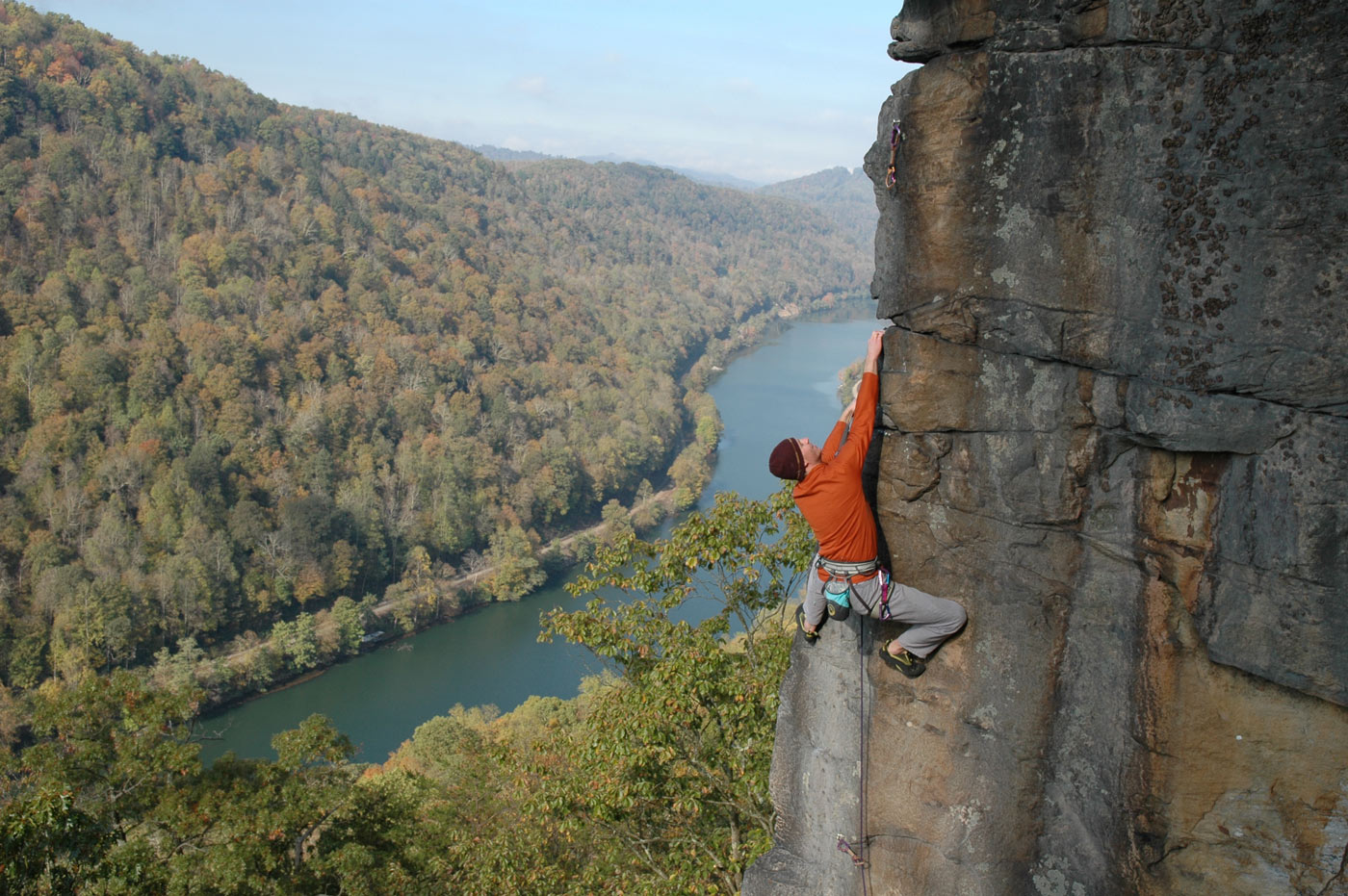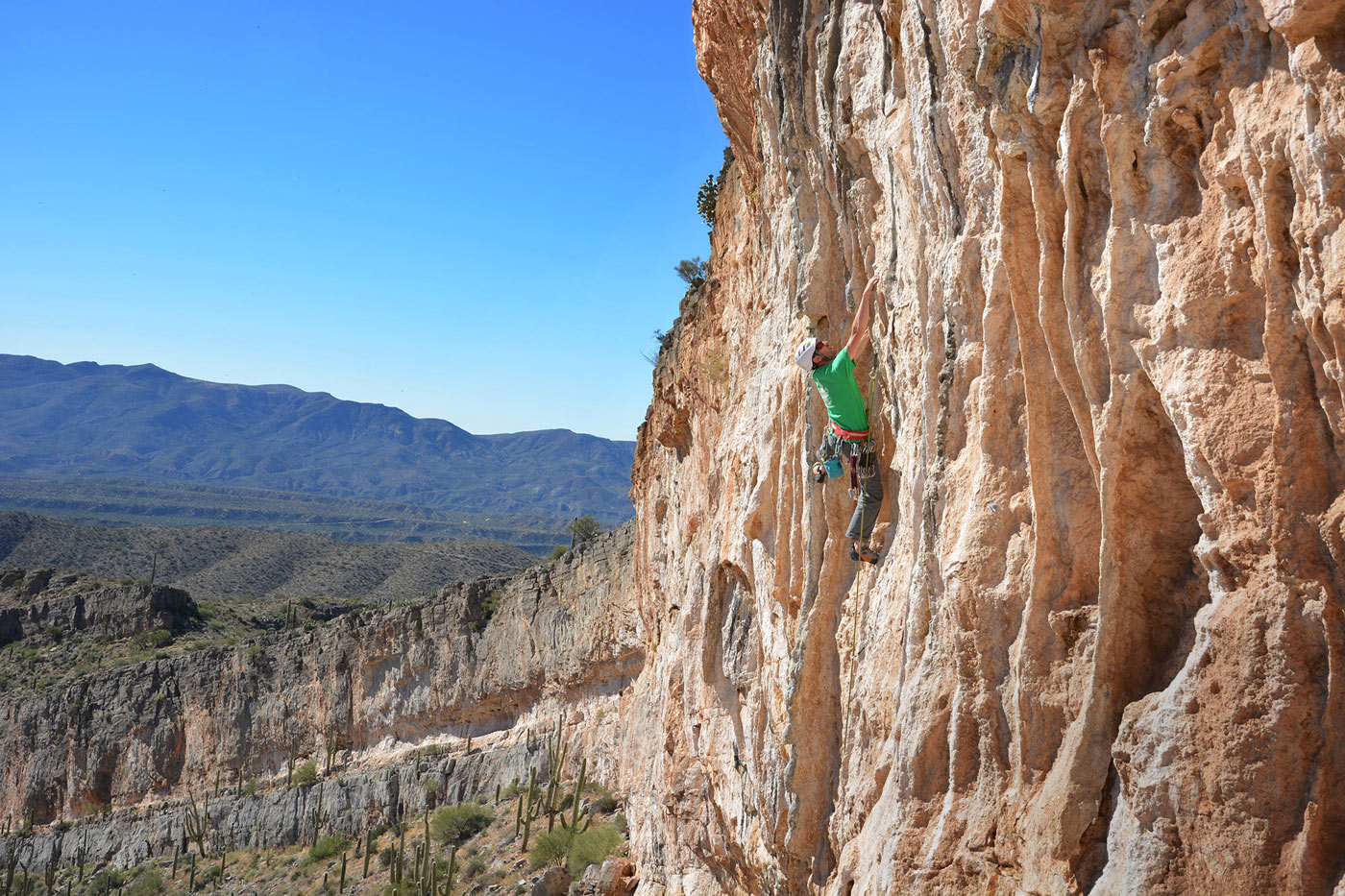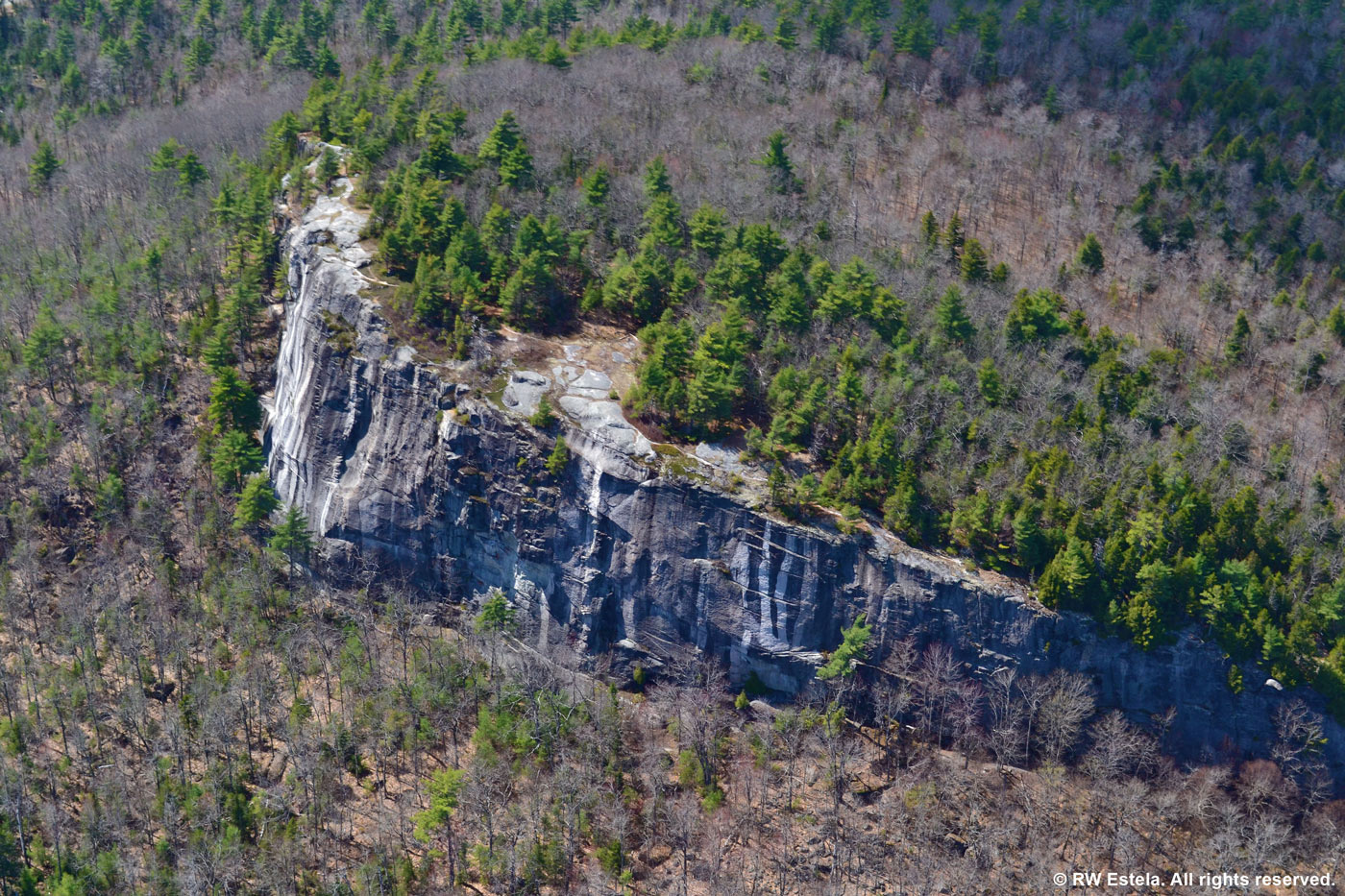Access Fund Land Climbing Conservation Loan Program in United States
ACCESS FUND LAND CLIMBING CONSERVATION LOAN PROGRAM IN THE UNITED STATES
Project Status: Since 2014
GOALS AND OBJECTIVES
In 2009, the Access Fund Organisation embarked on an ambitious and innovative campaign to save threatened climbing areas across the United States. With climbing growing in popularity and finite resources at risk, there was a growing need to empower local climbing communities with resources beyond a simple grant award and grassroots support. While the Access Fund had been involved in land conservation since its inception in the early 90’s, it’s Climbing Conservation Loan Program could now more directly enable landscape conservation on a greater scale.
The Program provides local climbing organizations and land trusts with bridge financing and transaction expertise for time-sensitive projects. It is a revolving fund, meaning money is lent and repaid by the local community and then reinvested into another threatened climbing area. Since 2009, the loan program has helped to conserve 19 climbing areas across 14 states, and has several more in progress. These areas encompass a variety of terrain, ranging from mountain landscapes to boulder fields, and splitter granite cracks to overhanging tufas – providing broad appeal to an assortment of different climbers representing all disciplines.

HOW DOES IT CONTRIBUTE TO MOUNTAIN PROTECTION
The Climbing Conservation Loan Program directly protects these critical resources through acquisitions and stewardship using climbing-friendly partners such as local climbing organizations, land trusts, and public agencies. For example, the program helped the Wilderness Land Trust acquire 1,257 acres of land adjacent to Castle Crags Wilderness in northern California. This acquisition is a great example of a large-scale win-win for conservation and recreation, including access to incredible wilderness rock climbing, ice climbing, backcountry skiing, and winter mountaineering. All of the programs 19 total acquisitions have led to the development and promotion of sustainable use. These strategies included: installation of wag bag dispensers and vault toilets to reduce human waste impacts, offered improved trails to limit erosion, and now host signs to encourage leave-no-trace practices. Large conservation projects such as these encourage climbers to act as stewards of their local areas.
COLLABORATION WITH LOCAL COMMUNITIES AND AUTHORITIES
The Climbing Conservation Loan Program directly empowers local communities to protect their cherished landscapes and climbing areas through acquisitions and long-term stewardship. Partners to date include Washington Climbers Coalition, Southeastern Climbers Coalition, Red River Gorge Climbers Coalition, Western Massachusetts Climbers Coalition, Carolina Climbers Coalition, New River Alliance of Climbers, CRAG-Vermont, the American Alpine Club, Wilderness Land Trust, and Clifton Climbers Alliance in 14 different states. Access Fund provides its local partners with short-term financing and assistance with negotiations, conservation strategies, appraisals, title, environmental hazard review, contracts, liability insurance, land management, fundraising strategies, and outreach. Access Fund also helps these organizations meet national standards and practices for land conservation and stewardship by requiring careful due diligence and meeting important qualifications such as non-profit status and detailed fundraising plans.
GOING FURTHER THAN “BUSINESS AS USUAL”
A revolving loan program goes beyond business as usual by providing an innovative market-based tool to act quickly and empower local communities. In the world of climbing conservation, it is the only revolving fund for such projects and goes beyond the Access Fund Climbing Conservation Grant Program in providing critical financial assistance. Where minimal resources existed before, the loan program now provides hundreds of thousands in funding to make a once-impossible conservation project happen.
Additionally, the Access Fund will take direct action where there is no local climbing organization. For example, California’s Jailhouse Rock area required a complex conservation strategy to protect access to one of the country’s premier steep sport climbing walls while conserving 75 acres of wildlife habitat and sustainable agriculture. A loan was provided to the landowner in exchange for a permanent conservation easement, preventing the imminent loss of public access due to a 200-acre platted subdivision, and allowing the landowners to accomplish their goals. The Access Fund worked with leading conservation organizations to design this innovative conservation strategy. Furthermore, Access Fund is leading by example by pursuing national land trust accreditation, a premier mark of exceptional nonprofit and land trust standards and practices.


VOLUNTEERING OPPORTUNITIES
To date, all of the Program’s loan projects have relied heavily on volunteer participation by local climbing organizations, advocates, and their community of supporters. In the case of Castle Crags, climbers and visitors had a unique opportunity to support the efforts of the Wilderness Land Trust and Access Fund via their outreach and support of this acquisition. This acquisition, and many others like it, has led to dozens of volunteer stewardship projects and thousands of volunteer hours to give back to these protected places.
CONTACT
Brady Robinson
brady@accessfund.org
www.accessfund.org

